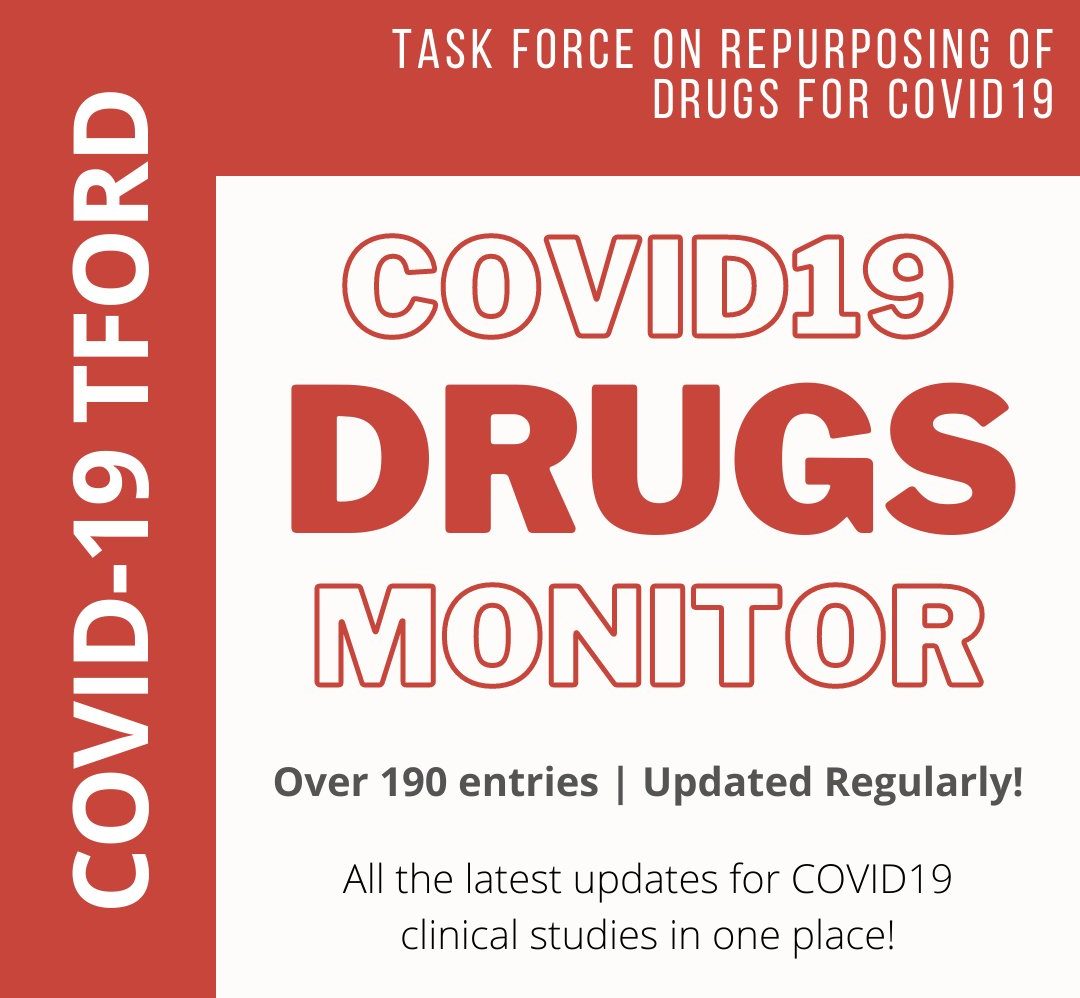(28 Aug 2020) Famotidine- associated with a lower risk of mortality
Impact of Famotidine Use on Clinical Outcomes of Hospitalized Patients With COVID-19
https://doi.org/10.14309/ajg.0000000000000832
Of 878 patients in the analysis, 83 (9.5%) received famotidine. In comparison to patients not treated with famotidine, patients treated with famotidine were younger (63.5 +/- 15.0 vs 67.5 +/- 15.8 years, P = 0.021), but did not differ with respect to baseline demographics or preexisting comorbidities. Use of famotidine was associated with a decreased risk of in-hospital mortality (odds ratio 0.37, 95% confidence interval 0.16-0.86, P = 0.021) and combined death or intubation (odds ratio 0.47, 95% confidence interval 0.23-0.96, P = 0.040). Propensity score matching to adjust for age difference between groups did not alter the effect on either outcome. In addition, patients receiving famotidine displayed lower levels of serum markers for severe disease including lower median peak C-reactive protein levels (9.4 vs 12.7 mg/dL, P = 0.002), lower median procalcitonin levels (0.16 vs 0.30 ng/mL, P = 0.004), and a nonsignificant trend to lower median mean ferritin levels (797.5 vs 964.0 ng/mL, P = 0.076). Logistic regression analysis demonstrated that famotidine was an independent predictor of both lower mortality and combined death/intubation, whereas older age, body mass index >30 kg/m, chronic kidney disease, National Early Warning Score, and higher neutrophil-lymphocyte ratio were all predictors of both adverse outcomes. Famotidine use in hospitalized patients with COVID-19 is associated with a lower risk of mortality, lower risk of combined outcome of mortality and intubation, and lower levels of serum markers for severe disease in hospitalized patients with COVID-19.
